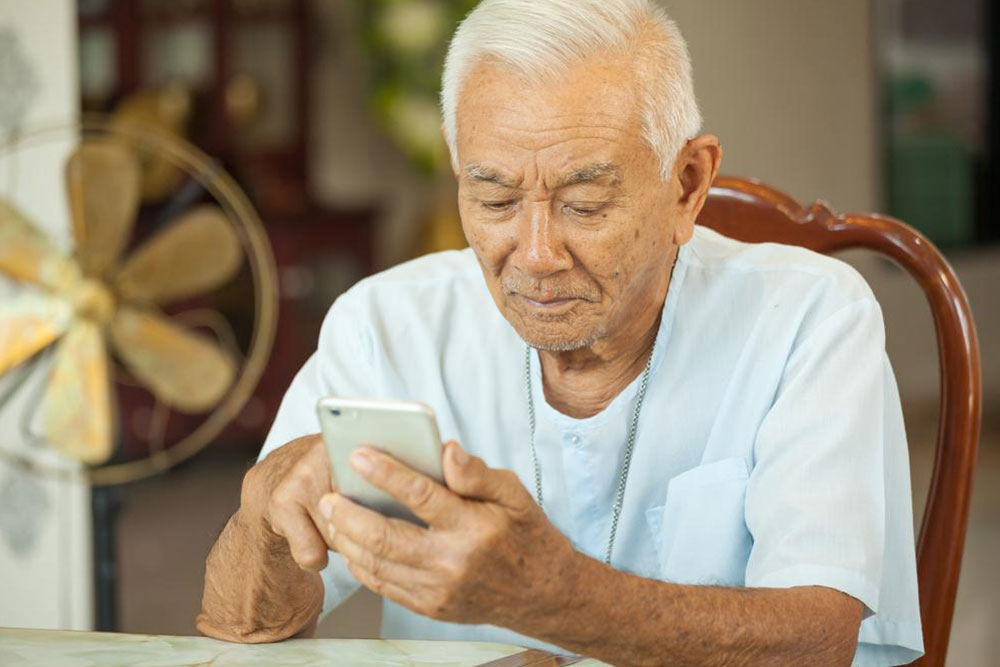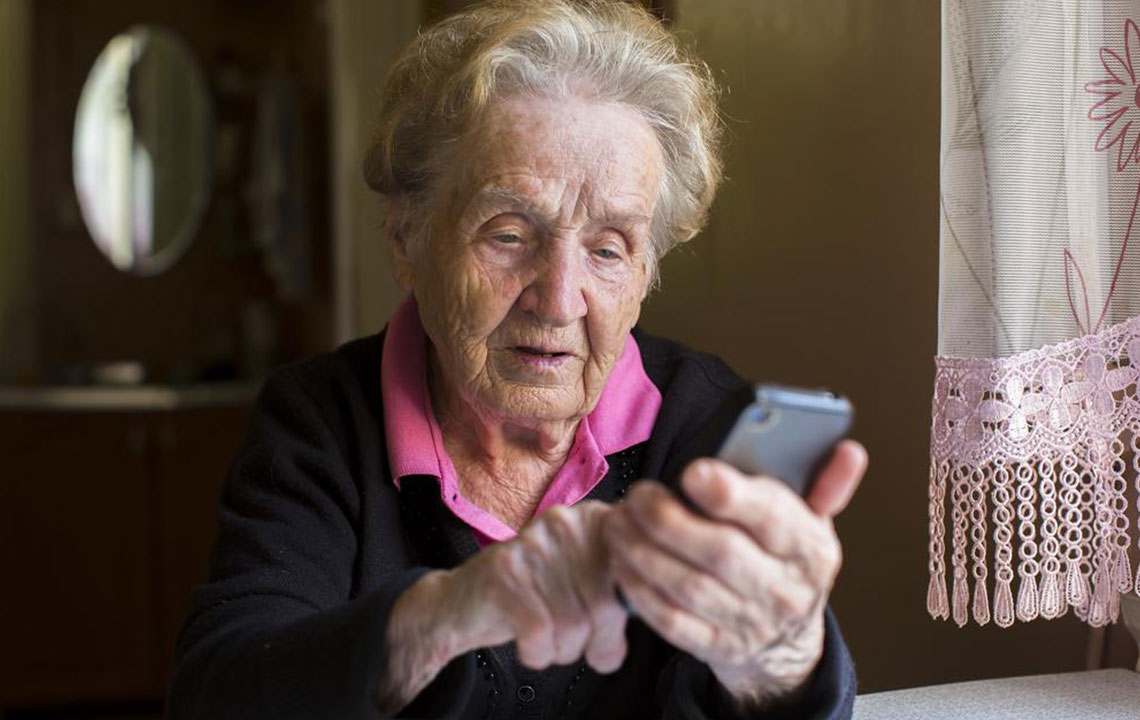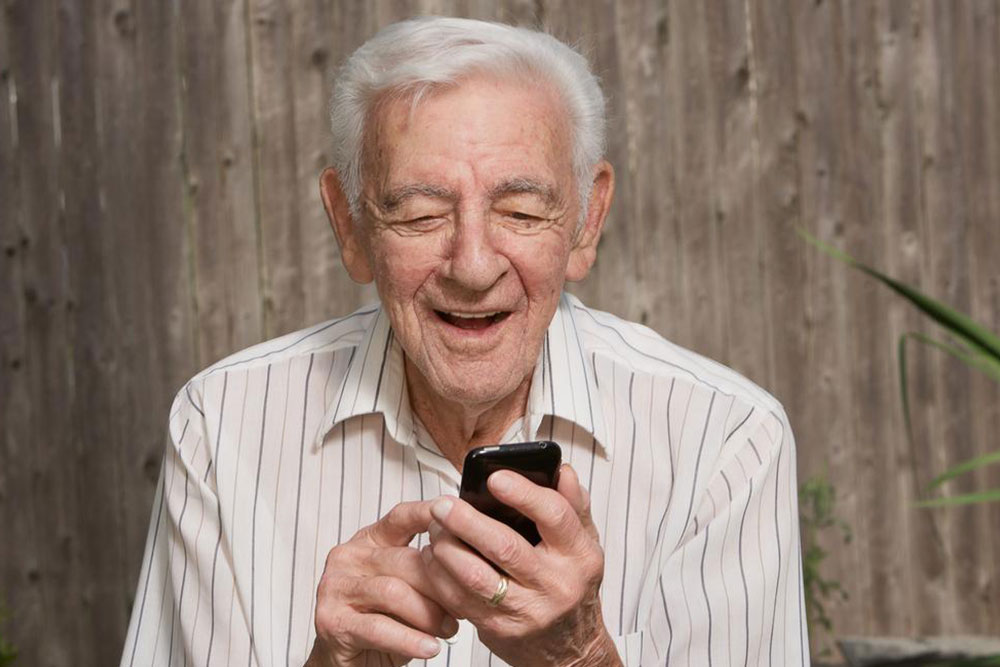Ultimate Guide to Free Mobile Devices and Plans for Seniors: Ensuring Safety and Connectivity
This comprehensive guide explores the crucial benefits of free mobile devices and specialized plans for seniors, emphasizing safety, connectivity, and social inclusion. It details eligibility criteria, top device recommendations, and best affordable plans tailored for elderly users, highlighting how technology helps improve quality of life. Suitable for policymakers, caregivers, and seniors, the article underscores the importance of accessible communication tools in promoting independence and safety among the elderly.

Enhancing Senior Lives Through Free Mobile Devices and Specialized Plans
In today's digital age, staying connected is crucial for everyone, especially for senior citizens who may face unique challenges with mobility, health, and social engagement. Recognizing the importance of accessible communication, many government programs and service providers now offer free mobile devices and tailored plans specifically designed for the elderly. These initiatives aim to bridge the digital divide, promote safety, and foster social inclusion among seniors.
The Significance of Providing Free Mobile Devices to Elderly Populations
Offering free smartphones and cell plans to seniors is more than a gesture of kindness; it is a vital aspect of community health and safety. As individuals age, they become more vulnerable to health issues, accidents, and social isolation. Reliable access to communication tools can be life-saving, enabling rapid contact with emergency services and loved ones when needed.
Moreover, many seniors encounter difficulties with modern technology, such as small screens, complex interfaces, or low-volume audio. Providing devices specifically designed or optimized for seniors ensures ease of use, which encourages more active participation in digital communication and reduces feelings of loneliness.
Government and private partnerships are key to providing these devices and plans, which aim to support vulnerable populations—especially low-income seniors, disabled individuals, and those in remote or underserved areas. The main objectives of this initiative include:
Ensuring immediate assistance in emergencies—supporting seniors who may live alone or have limited family contact.
Providing reliable safety nets for people with disabilities who require constant communication with caregivers or emergency responders.
Bridging the digital gap and enabling seniors to engage in social activities, access healthcare resources, and stay informed.
Mobile device technology plays an essential role in health emergencies; elders are often at higher risk for falls, illnesses, and accidents that necessitate quick help. Additionally, disabled individuals with mobility or communication challenges greatly benefit from easy-to-use devices that facilitate daily independence and safety.
Beyond practicality, these devices contribute significantly to improving the quality of life for seniors by fostering social connectivity. They enable users to communicate via social networks, participate in virtual community activities, or simply stay in touch with family members, thereby alleviating loneliness and promoting mental well-being.
Eligibility Criteria for Free Senior Mobile Devices and Plans
Not every senior automatically qualifies for these programs. Eligibility typically depends on specific criteria designed to target vulnerable groups:
Individuals aged 65 or older
Low income—generally assessed as income below 135% of the federal poverty level
People with disabilities
Applicants who do not currently receive disability benefits
Participation or eligibility in existing government assistance programs
These eligibility standards help ensure resources reach those most in need, maximizing the impact of government-supported initiatives.
Top Senior-Friendly Mobile Devices: Features and Recommendations
Choosing the right device is crucial for seniors to make the most of their communication plans. Devices designed specifically for elderly users incorporate features such as larger buttons, clear displays, and simplified interfaces. Here are five highly recommended smartphones and feature phones that cater to seniors:
Jitterbug Flip: Known for its large, easy-to-press buttons and a simple flip-open design. It features a loud speaker for clear audio, an emergency button, and no long-term commitment options, making it ideal for seniors unfamiliar with new technology.
Nokia 4.2: Offers a dual-camera system for photography, a vibrant high-contrast display, the latest Android operating system, and notification lights for alerts. Its intuitive interface appeals to older users wanting modern features without complexity.
Motorola G6 Play: Renowned for its durable battery life, 13-megapixel camera, and large screen, this phone combines performance with ease of use, perfect for seniors who enjoy multimedia and connectivity.
Snapfon ezTWO: A basic, straightforward device with large buttons, high-volume earpiece, and a dedicated emergency SOS button. Its simplicity ensures that even those with limited tech experience can operate it confidently.
LG Exalt VN220: This phone offers HD voice calls, a long-lasting battery, hotspot sharing for internet access, and large, tactile buttons to facilitate navigation for users with visual or motor impairments.
Affordable Senior Mobile Plans: Best Options for Safety and Connectivity
Several carriers offer specialized plans tailored for seniors, combining affordability with robust features. Examples include:
T-Mobile: Provides unlimited talk, text, and LTE data for two lines at around $70 per month. The plan includes international roaming, in-flight Wi-Fi, and mobile hotspot features, making it suitable for seniors who travel or stay connected abroad.
Lively: Offers budget-friendly plans starting from less than $15 per month, with flexible data options and optional device upgrades. Lively’s plans are designed to adapt to the budget constraints and needs of seniors.
Boost Mobile: Features an inexpensive $50 plan with unlimited calls, texts, and 35GB LTE data. Additional services include mobile hotspot sharing and the ability to add extra lines, making it a popular choice for active seniors seeking value.
Both device choices and plan options are created to enhance accessibility, safety, and communication for elderly users. Whether prioritizing affordability, simplicity, or enhanced features, these programs support independent living, social connection, and emergency readiness. As technology advances, ongoing innovation will continue to improve access for seniors, making everyday communication easier and safer for years to come.





